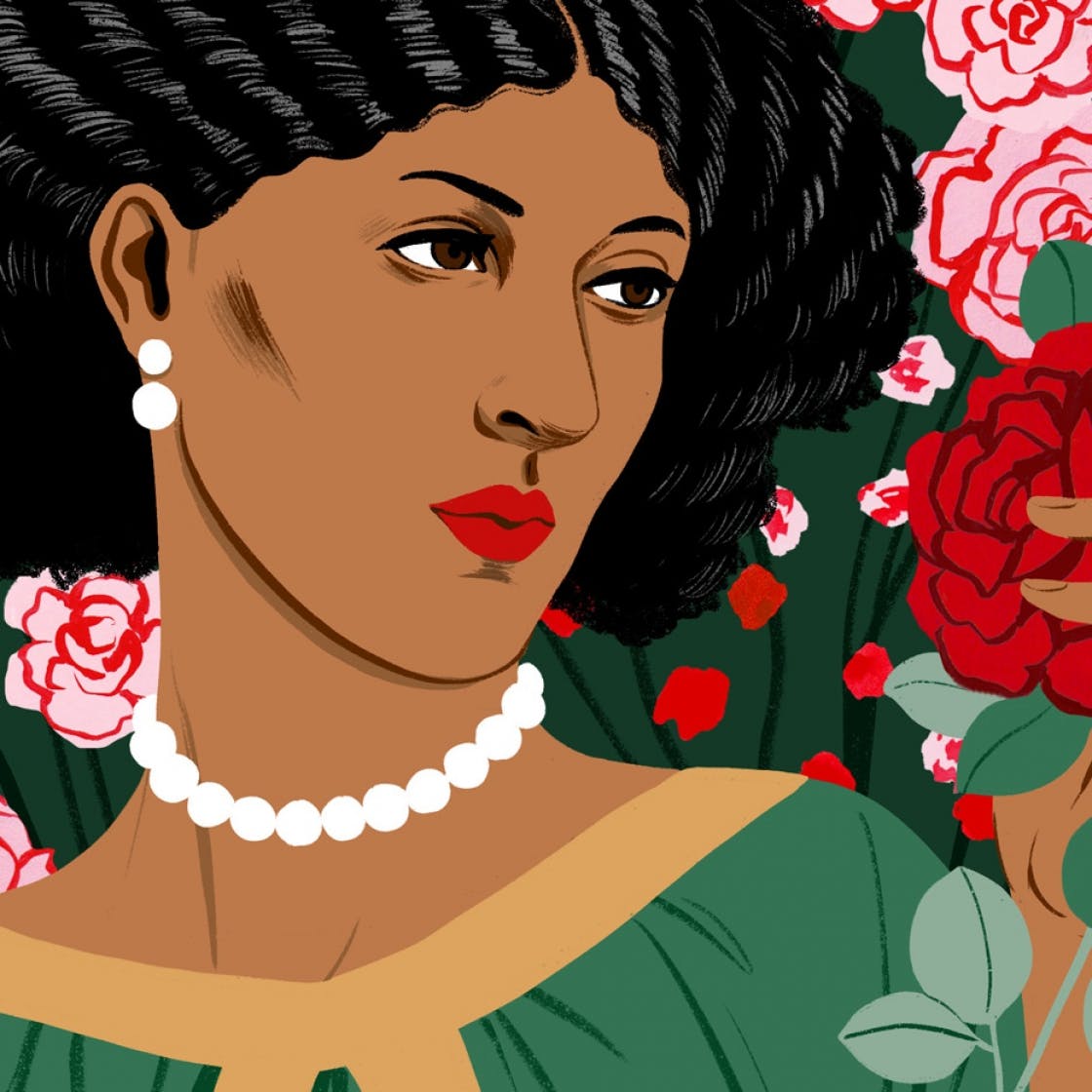Throughout history there have been many women of African descent famed for their beauty, like Queen Nefertiti, the Queen of Sheba and of course Queen Cleopatra.
And for as long as humans have walked the earth the notion of beauty has been personal as well as cultural. It was the 19th century writer Margaret Wolfe Hungerford aka the Duchess who is credited with coining the phrase Beauty is in the eye of the beholder.
Long before the likes of Naomi Sims, Iman and Naomi Campbell came to international fame, there was Fanny Eaton, the world’s very first Black Super Model.
Fanny Mathilda Entwhistle, later Eaton, was born in Jamaica in 1835, a year after the slave trade was abolished throughout the British empire. She grew up during a time when women of colour were not considered to be a beautiful as their white peers. They certainly were not featured often as the focal point in Western art.
All that would soon change with the arrival of Fanny in London, with her mother during the 1840s. She initially worked as a domestic worker and then a seamstress, before meeting and settling down with James Eaton, a horse-cab proprietor and driver in 1857.
By 1859, now a young mother and approaching her mid-20s, Fanny sought to supplement the family’s income by starting to model for the Royal Academy of Arts in Central London. Her afro textured hair and distinctive mixed-race features made her an irresistible subject for artists such as Simeon Solomon, Edwin Long, Dante Gabriel Rossetti and many other Pre-Raphaelite artists.
She became their mysterious muse between 1859 and 1865 and went on to become the most painted Black woman on earth. However, Fanny and James went on to have 10 children which of course led to Fanny eventually giving up modelling permanently to look after her children.
They lived in various parts of the capital but were mainly residents of West London. Fanny Eaton lived to the grand old age of 88, and died while living at 2a Bassein Park Road, now part of the London borough of Hammersmith & Fulham. Fanny’s great-grandson, Brian Eaton, said: “I am so pleased and proud that at long last my great grandmother is to be recognised with a blue plaque.
“She has changed my life in so many ways since we first discovered her in the 1881 census. There will also be a proper headstone later on her grave that will finally put her in her rightful place in history”.
CEO of Nubian Jak Community Trust, Dr Jak Beula, added: “When paint brushes were the original photographic lenses, one woman did more than anyone in the Western hemisphere to re-evaluate the notion of what it was to be beautiful. That woman was Fanny Eaton”.
At 1:15pm tomorrow (November 26), the Nubian Jak Community Trust in partnership with Hammersmith & Fulham Council, Kite Studios, and in association with Havas London, will unveil a London blue plaque to Fanny Eaton at 2a Bassein Park Road, London, W12, 9RY. The public are invited to come and commemorate a woman who inadvertently helped to changed notion of beauty in Western Europe.
